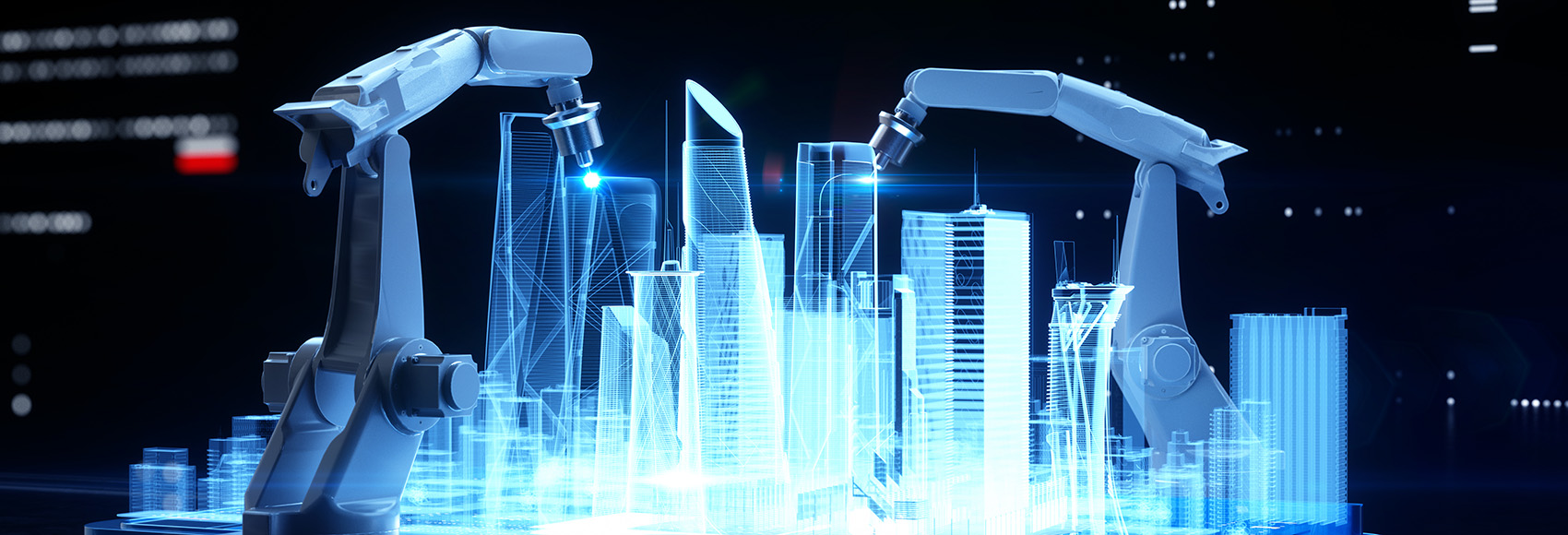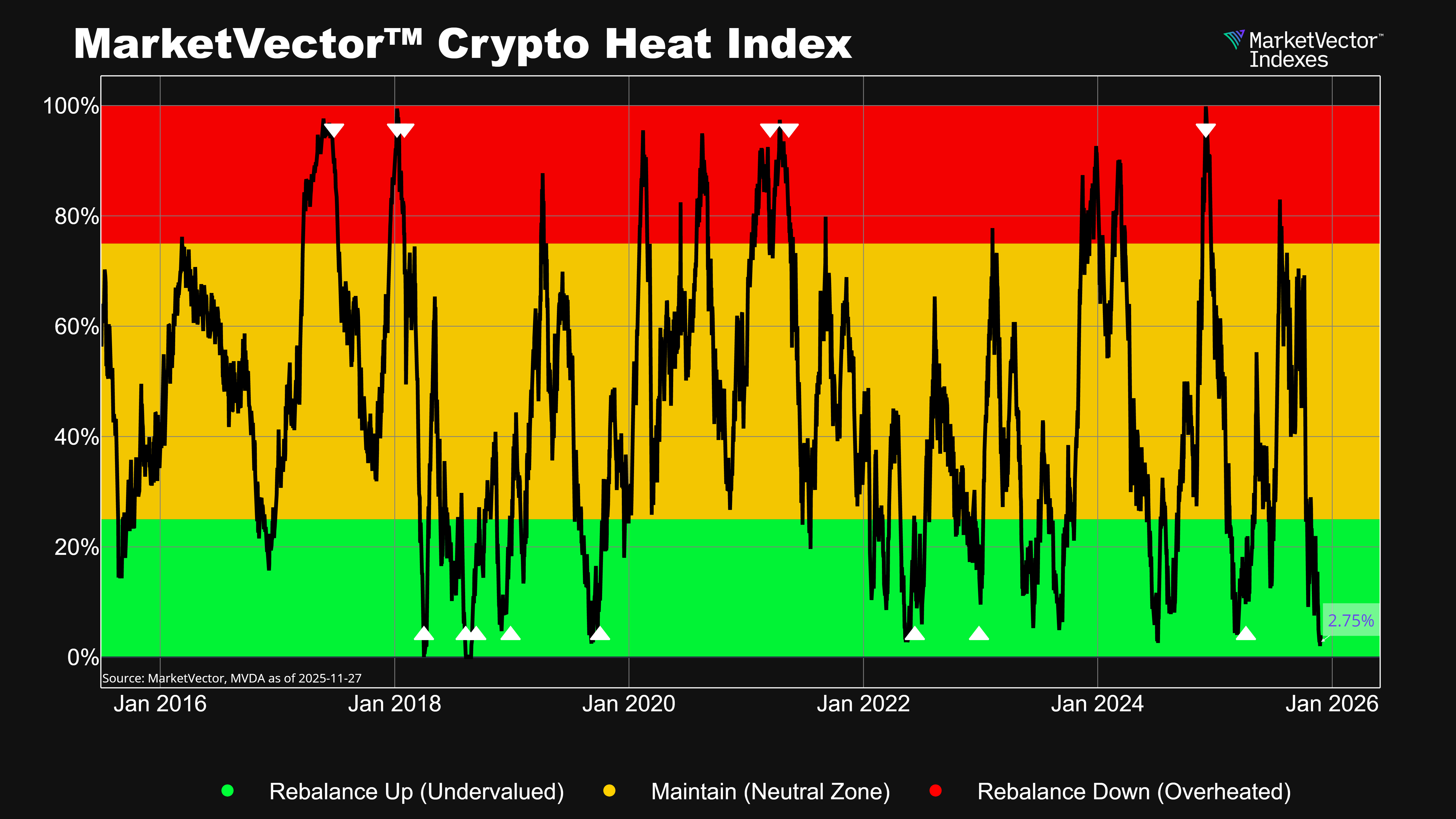Throughout history, technological innovation has consistently enhanced the efficiency and convenience of our daily lives and work. With groundbreaking advancements in power and motion control, semiconductor technology, and communication networks, the focus of technological advancement is now on automation. The secular trend toward automation is reshaping our understanding and expectations of technological evolution, influencing nearly every industry.
In particular the industrial and manufacturing sectors play a significant role in bolstering global economic resilience and productivity, driven by three pivotal technologies: robotics, additive manufacturing, and computer-aided design. Together, their synergy amplifies the potential of each, creating an interconnected framework that elevates industrial efficiency and innovative capabilities.
In the era of automation, it's imperative to recognize the drivers of these technologies. Not only do they promise streamlined operations, but also present opportunities for workforce upskilling, sustainable production, and fostering a more interconnected global industrial ecosystem. Embracing these changes can lead us to a future where robotics and human ingenuity collectively drive unparalleled growth.
Moreover, as these technologies mature and intertwine, they hold the potential to democratize access to advanced manufacturing and design capabilities. Small and medium-sized enterprises (SMEs) can harness the power of automation to level the playing field, challenging larger competitors and stimulating localized innovation. This democratization not only amplifies global competitiveness but also has profound implications for job creation, regional development, and the broader distribution of technological benefits across society.
In this paper, we delve into the foundations of industrial automation technologies and demonstrate how robotics, additive manufacturing, and computer-aided design can be brought together in the BlueStar® Global Robotics & 3D Printing Index (BRB3D).
Get the latest news & insights from MarketVector
Get the newsletterRelated:




